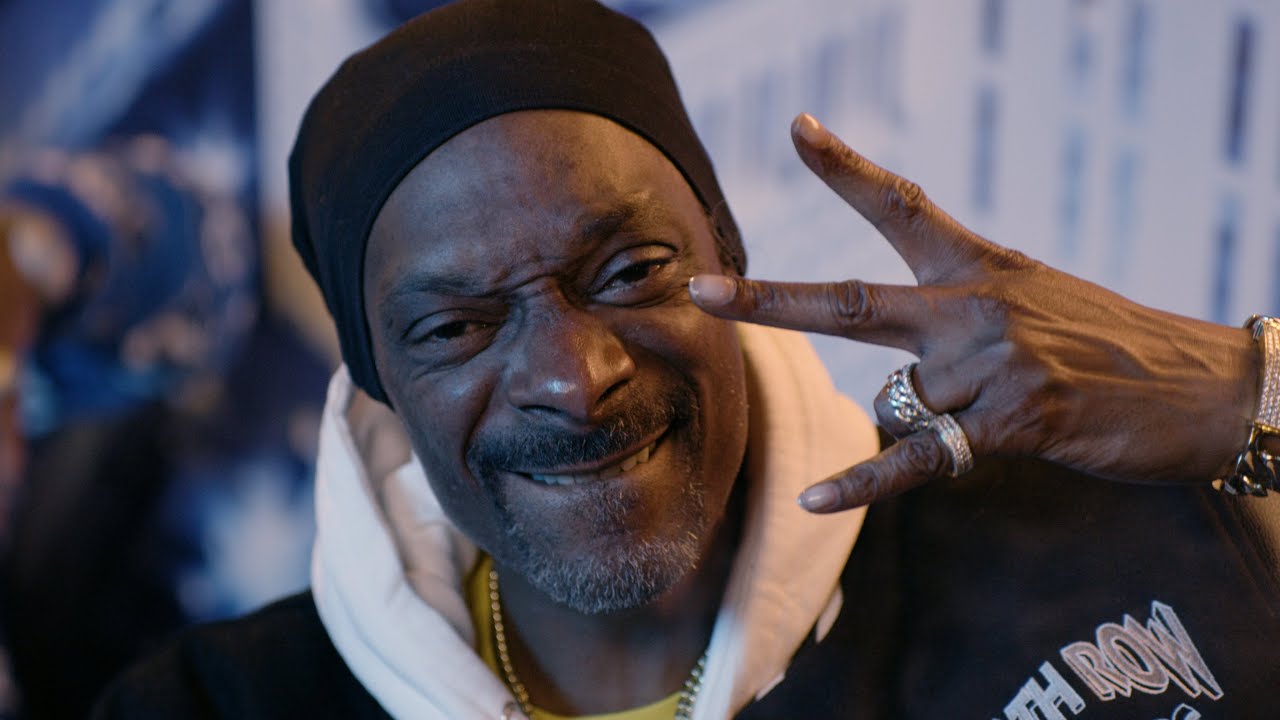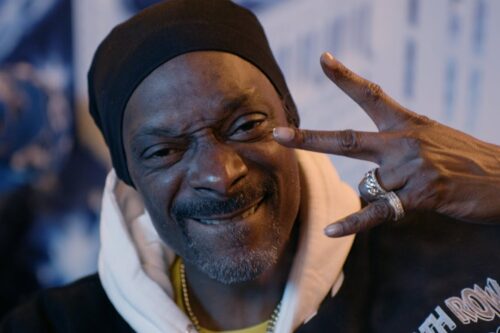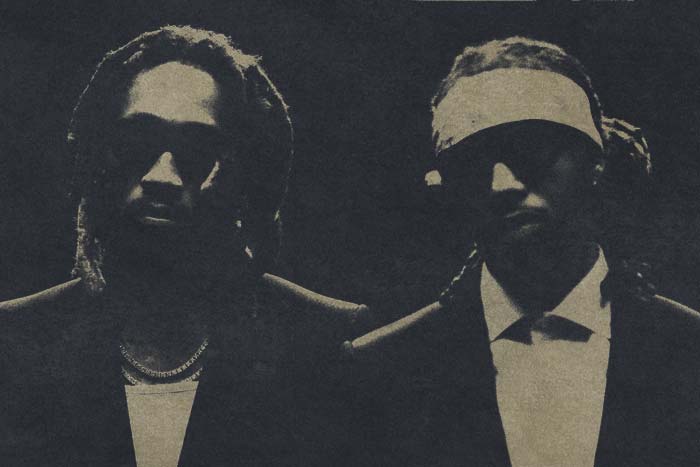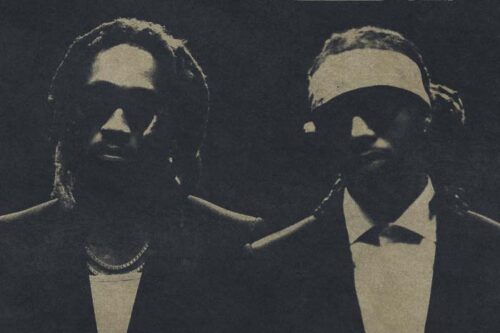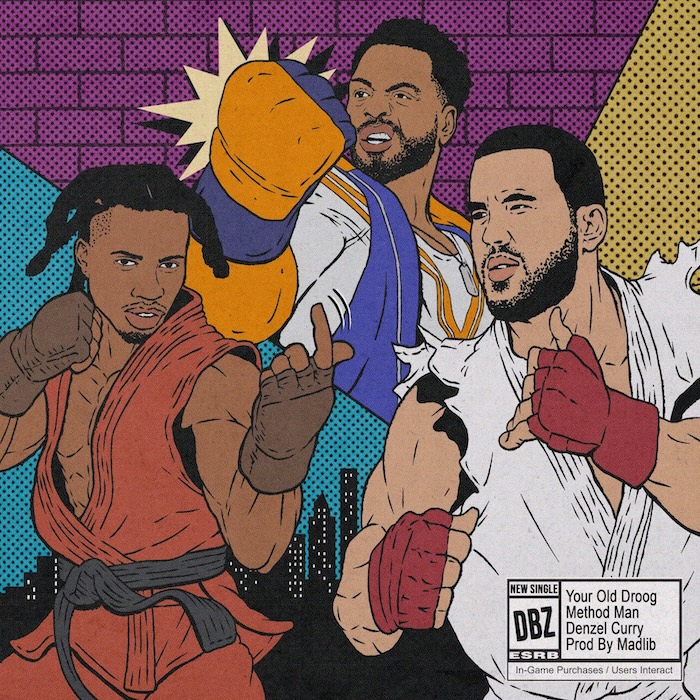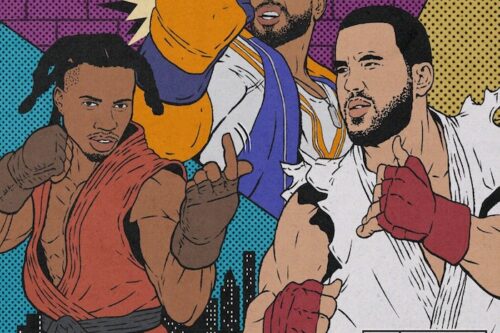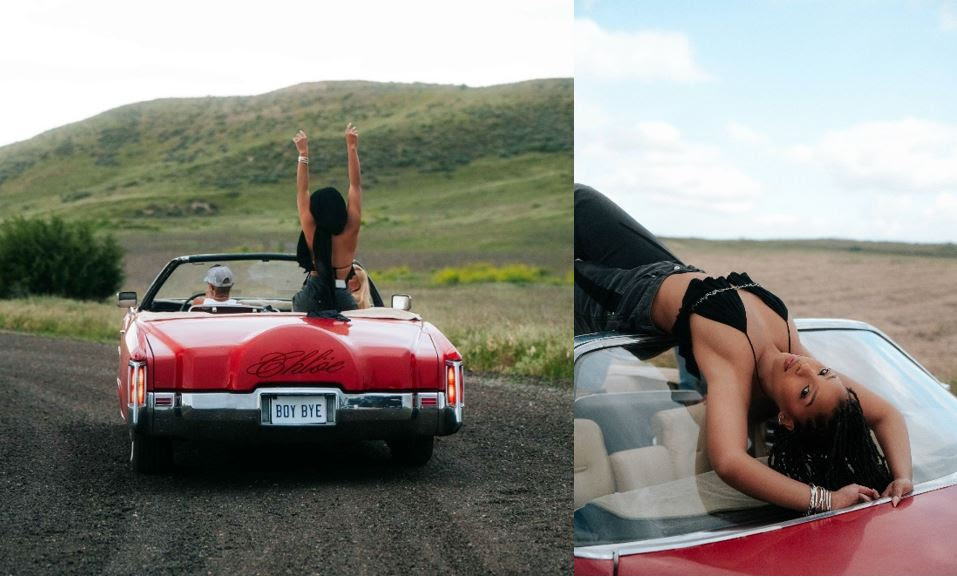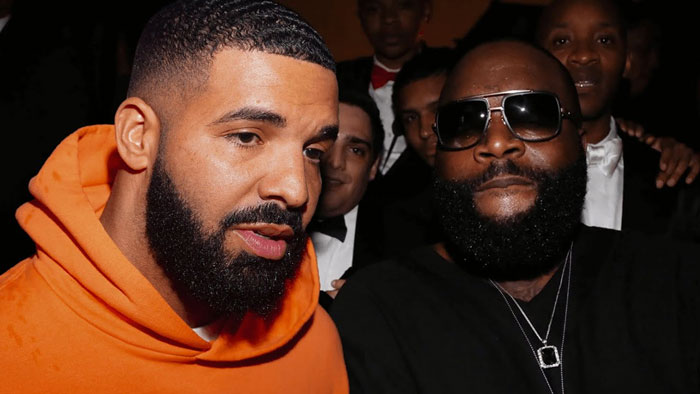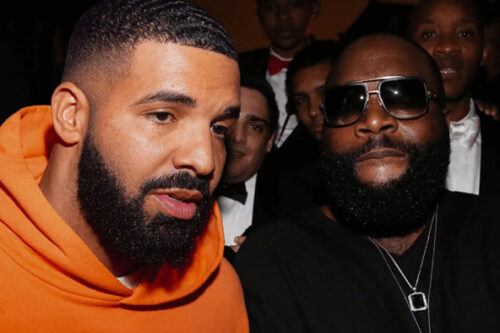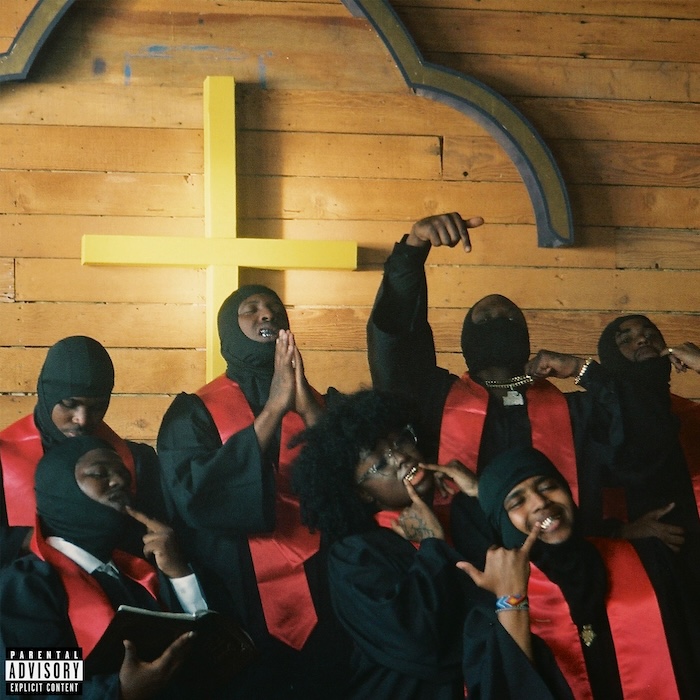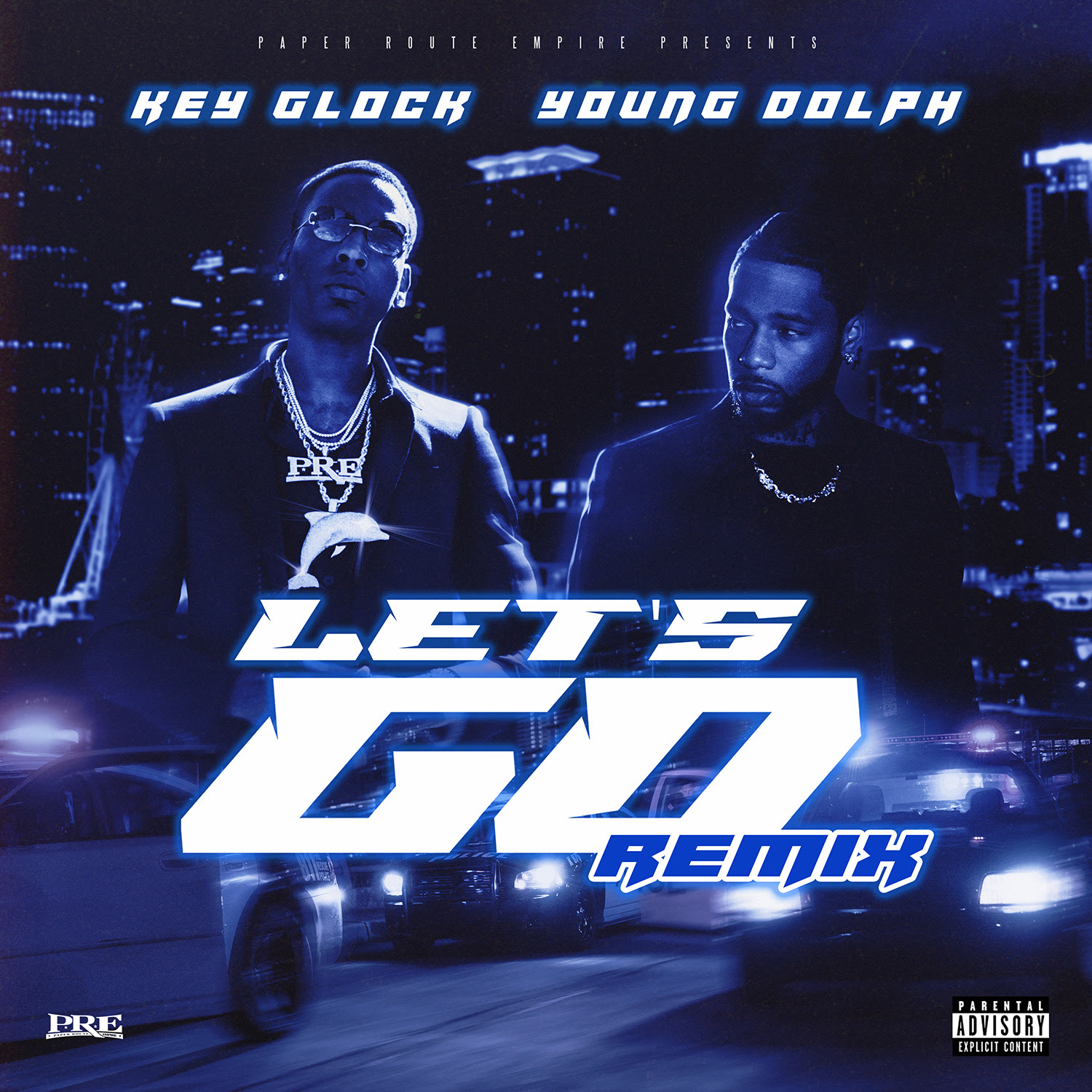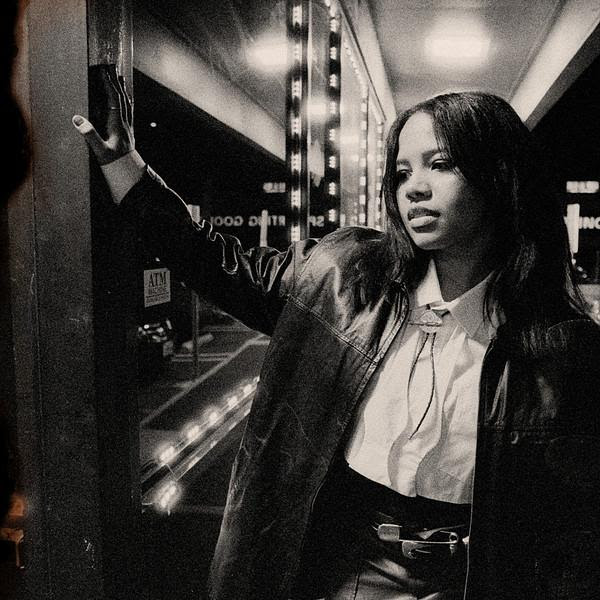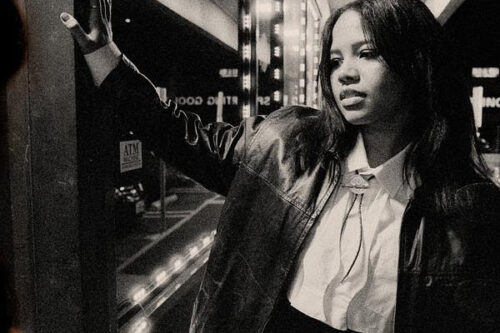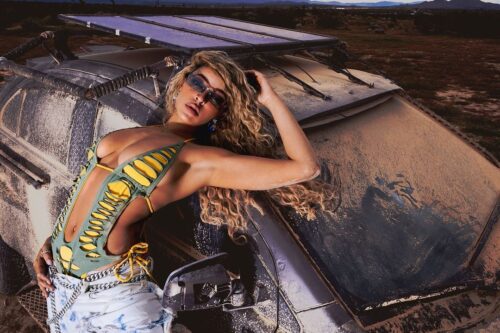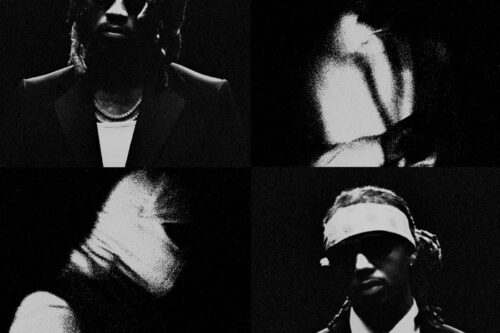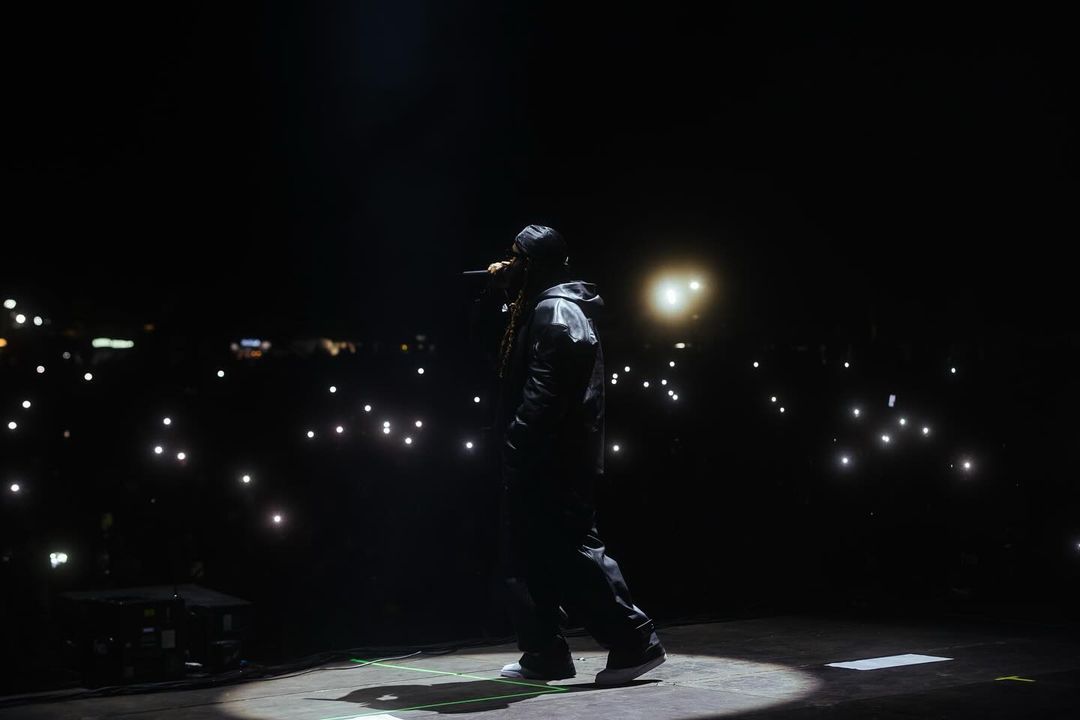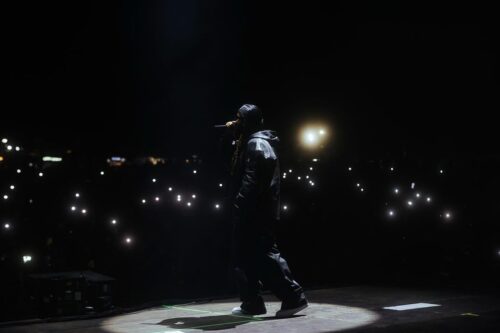
1520 Sedgwick Ave: The Birthplace of Hip-Hop
When the question “Who is the Godfather / pioneer of Hip-Hop” arises, 98% of the time, most will answer Kool Herc. The other 2% usually answer with Afrika Bambaataa, however, the credit undoubtedly goes to the former, Clive “DJ Kool Herc” Campbell. The Jamaican born-and-bred innovator took the knowledge he gained while growing up in Kingston, Jamaica; captivated by the throbbing basslines emanating from stacks of speakers (known as sound systems) and adopted it while growing up in the South Bronx.
Guru – Respect the Architect f. Bahamadia (Buckwild rmx)
However, before we explore deeper into the influence Kool Herc brought to the table, we must examine the beginnings of these Jamaican sound systems and their impact on Hip-Hop culture first. During the 1950s, the musical appetite in Jamaica slowly shifted from Jazz (most notably be-bop) to a considerable diet of rhythm-and-blues. With more structured rhythms, alluring singing and thick-as-molasses basslines, this newly imported genre of music catapulted the sound system culture into full swing.
In similar fashion to modern DJs (well, the ones who stay true to their vinyl roots), the heads of these sound systems would make trips to the U.S. in search of the newest and most highly sought-after R&B records. Some would go as far as completely scratching off the labels on their newly purchased vinyl to make sure no prying eyes could steal their sounds. Two pioneering sounds were at the top of their game at the peak of this era: Arthur “Duke” Reid and his main competition, Clement “Sir Coxsone” Dodd. Duke Reid’s sound system was known as The Trojan (which in turn, gave birth to the legendary Trojan Records), while Dodd’s sound system was known as Sir Coxsone Downbeat (Dodd, Jamaica’s Berry Gordy, would later go on to open the first black-owned studio in Jamaica, the world renowned Studio One).

Early version of a mobile Sound System
Eventually, competition grew so fierce between rival sounds that a new breed of weapon was born: the dubplate. Dubplates were either 10” or 12” records cut on acetate as opposed to regular vinyl. Acetate cut dubs usually gave the dubplates a shorter shelf life (between 50 – 100 plays). The sound systems would book the hottest artists at the time to record over popular riddims (instrumentals) and have them either shout out their sound’s name, diss their rival sounds, or a combination of both (See these links as well: K’Naan x Mighty Crown dub or Beres Hammond x Mighty Crown dub). An early version of MC and DJ battles, if you will. Obviously, whichever sound had the most creative dubplates, gained superiority over the other. Two competitive sounds would set up their systems at each side of a block and battle each other in what is known as a “clash” or sound clash.
Mighty Crown (Japanese Sound System) at UK Cup Clash 2008
Freeze frame, fast forward to the early 70s in the Bronx, where a young Kool Herc would emulate what he observed while growing up in Jamaica, at the acclaimed Rec. Room located at 1520 Sedgwick Avenue (Morris Heights) in the Boogie Down Bronx. Herc would set up his two turntables and mixer and loop doubles of the same record, continuously bringing back the open drum break. Slowly, Herc would go on to develop certain routines that are still used by DJs today, such as the “Merry-Go-Round,” where he’d go from one hard break into another at the height of the party. One of the most important records he’d introduce to the burgeoning culture was Michael Viner & The Incredible Bongo Band’s Apache break. Not only was Herc responsible for building the path that Afrika Bambaataa, Grandmixer DST, Grand Wizard Theodore and Grandmaster Flash would later traverse, he coined the term “b-boys” or “break-boy,” along with the circles they’d eventually establish when dancing.

Kool Herc at Back to the Streets Festival, 2003 at LES. Photo by Adam Lawrence
Some of you may recall that Kool Herc was in the hospital nearly over a year ago due to a need of surgery, yet lack of health insurance (that’s a whole ‘nother diatribe I may need to touch on soon). Some of you were also generous and thoughtful enough to donate to the fund the Campbell family set up, and from what I’ve come to understand, he’s been recovering from that surgery and “in make-over mode.” These days, despite a Kool Herc sound system being almost non-existent, the Hip-Hop luminary exists in the DJs that are continuing to carry on tradition. So the next time you’re at a show where a Pete Rock, DJ Premier, DJ Jimmy Taco or Rhettmatic is hard at work, meditate for a bit and reflect on the Godfather and the contributions he’s made to our culture. As Premo said “We actually have a father of a culture that still lives, where in some cultures, you know, they already dead and gone, even though they may still be worshiped or reflected on in some type of way.”
PREVIOUS: 2DBZ Presents Pyrex Vision: The System (Or, Why Rap To Me Really Isn’t Rap To Me Anymore)

